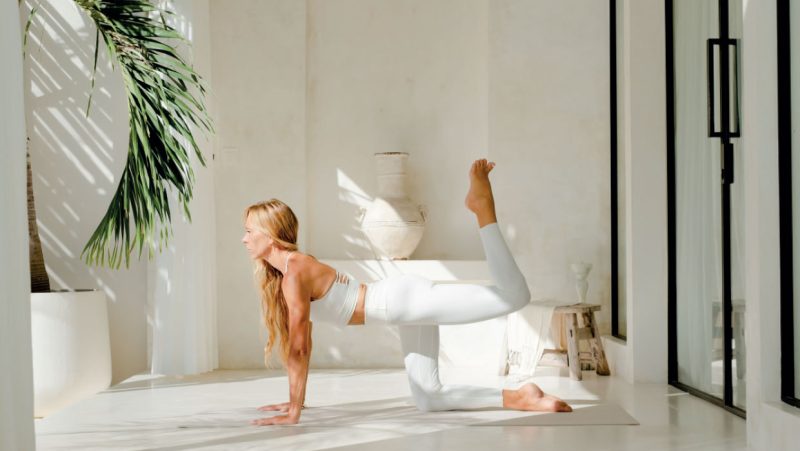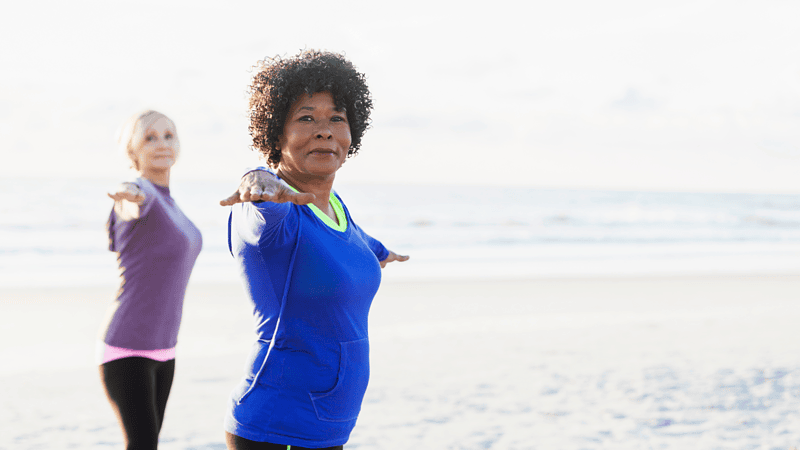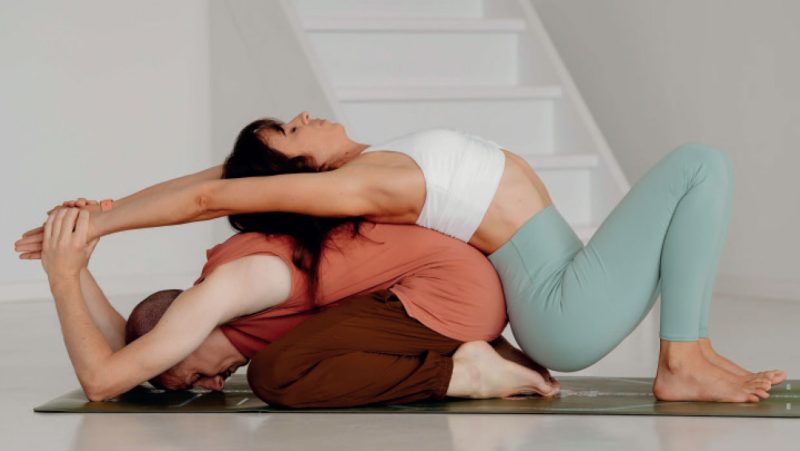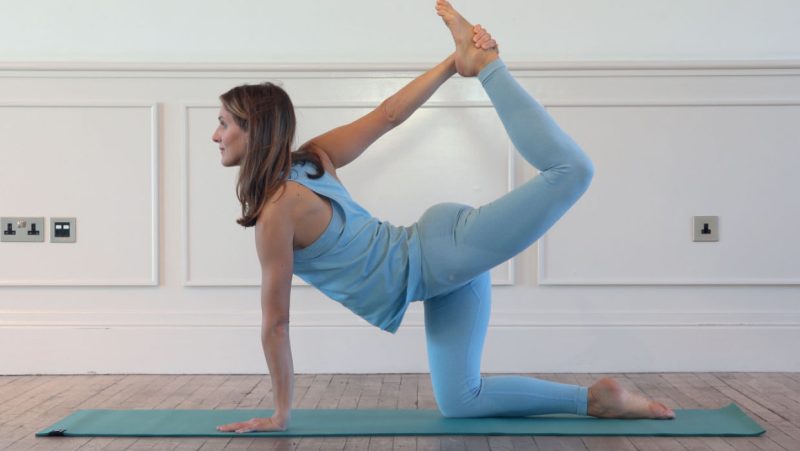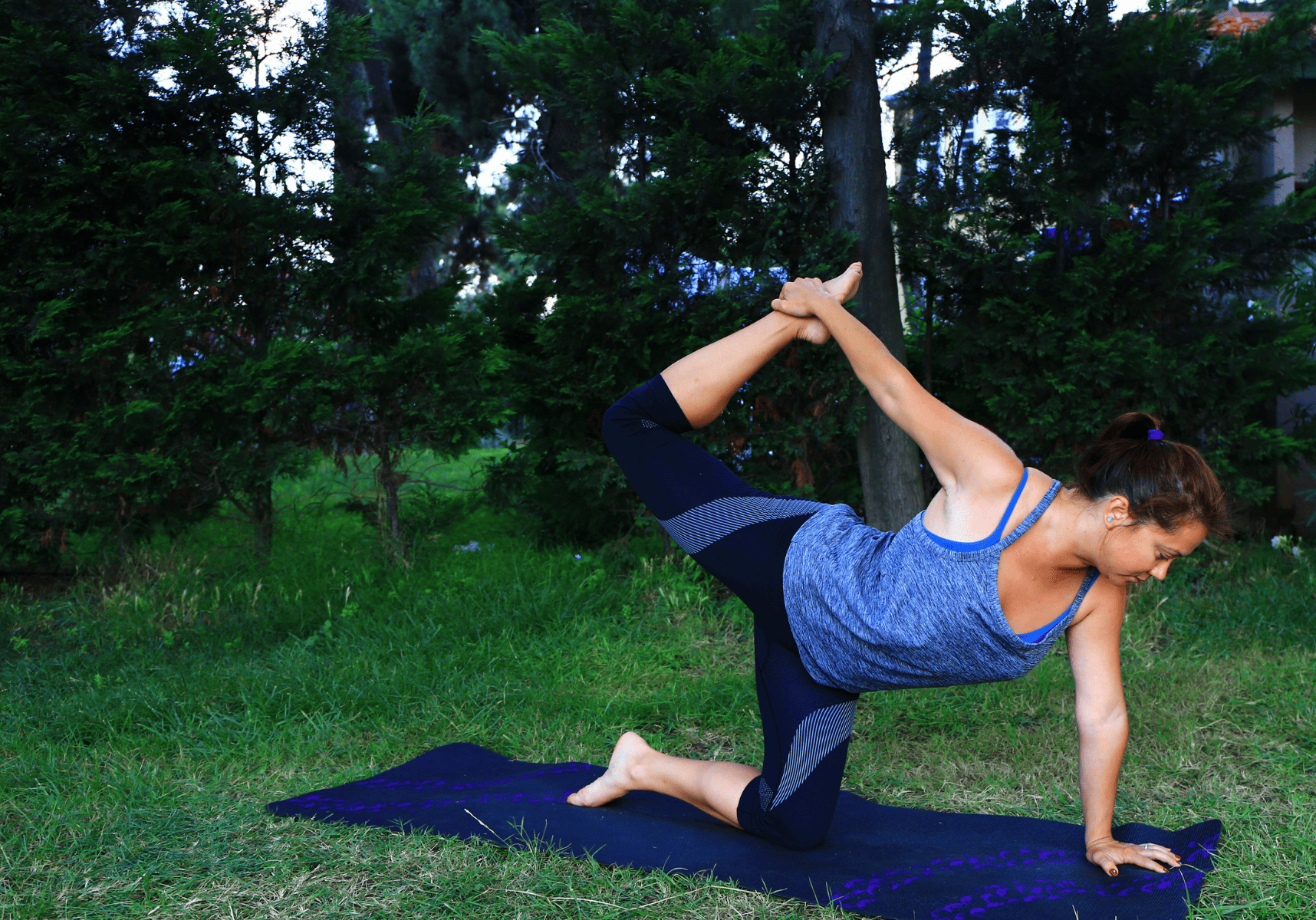
The Eye of the Tiger
Exploring playful Vyaghrasana - Tiger Pose - By Diane Ashfield
Reading time: 4 minutes
It’s funny how many yogis love and own a cat, so it’s not surprising how many of us adore coming into Tiger Pose, Vyaghrasana. Tiger Pose looks like quite a simple and playful asana, but it’s much more than that. Tiger is such a wonderful all-rounder posture which works the wrists, arms, shoulders, spine, hips as well as the legs, so if you are looking for a full body workout in just one posture, then Tiger Pose could be the asana for you.
Tigers, being the largest of the big cats, are associated with having a large muscular body with strong fore-legs. Although still sadly on the Endangered List, tigers feature heavily in mythology and folklore. Those born in the Chinese Year of the Tiger are said to be adventurous and powerful, but can also be short-tempered and aggressive. In literature tigers are often portrayed as menacing and fierce – such as Shere Khan from The Jungle Book by Rudyard Kipling, but tigers can also have a very playful side – such as Tigger from A.A. Milne’s Winnie the Pooh stories, and The Tiger Who Came to Tea by Judith Kerr. Tigers may be dangerous, but give them a ball of wool and you will instantly see they are just kittens at heart who love to play!
I often use Vyaghrasana as a warm up for other more challenging postures, but as always it’s a good idea to gently stretch and warm up the muscles and joints beforehand to enable us to practice safely. Naturally, Cat/Cow (Marjariasana) is an excellent pre-cursor to warm up the muscles - especially the spine - before coming into Tiger.
Come onto all fours, perhaps placing a blanket under the knees for extra padding if you have any knee issues, and if you have any wrist issues you could pop wedges under the hands, or roll up the front of your mat to place the heels of the hands on for extra wrist support. Encourage your knees to be directly under your hips, your wrists directly under your shoulders, spread out the fingers, inner elbows are facing and begin with a neutral spine. On an inhalation lift your gaze, dip the belly, and have the sensation that your tail bone is reaching for the ceiling.
As you breathe out tuck the chin in towards the chest - lowering the gaze towards the knees, draw the belly in and up towards the back of the spine, and round the back. Perform a few rounds of Cat/Cow to warm up the lumbar, being mindful that the arms and legs remain completely still if possible – it’s just the spine and neck that are in motion. Sometimes it’s nice to work with Cat/Cow Pose in slow motion, using a few breaths with each movement and listen to how your body feels, especially your spine.
Once you have stretched and your muscles are nicely warmed, we can begin to explore Tiger. Come back onto all fours again. Stretch the left leg back, bend the knee and lift the leg, positioning your thigh parallel to the floor, your shin vertical and the foot pointing towards the ceiling. Encourage your shoulders back and down and your wrists to feel light. If this feels OK, lift the back leg a little higher, gently guiding your foot towards your bottom - check in with your body and notice how it feels. To take Tiger Pose further - and you have your balance - release the right arm, take it back and if you can, catch hold of the left foot or ankle with the right hand (you could use a belt with a loop here if preferred). If you feel comfortable, stay here for a few deep, easy breaths, pressing into the fingers on the left hand rather than the wrist, feeling the expansion in the chest and the power of the pose, then gently release your Tiger and repeat on the other side with the left hand holding the right foot. Rest in Child Pose (Balasana) when you are finished to relax and reset the muscles.
Benefits of Vyaghrasana when practiced regularly:
- Stretches the spine
- Opens the chest and hips
- Tones the thighs and hips – especially the glutes
- Strengthens the arm muscles
- Improves digestion
- Can help burn excess fat around the hips
Of course, Tiger isn’t for everybody – especially those with spinal, knee, wrist or hip injuries – so as always work to your measure and listen to what your body is saying to you. If it feels great, there’s a good chance your body is purring. Or maybe it’s roaring! But if Vyaghrasana feels too strong, or something doesn’t feel right, remember to “take it easy, Tiger!”


